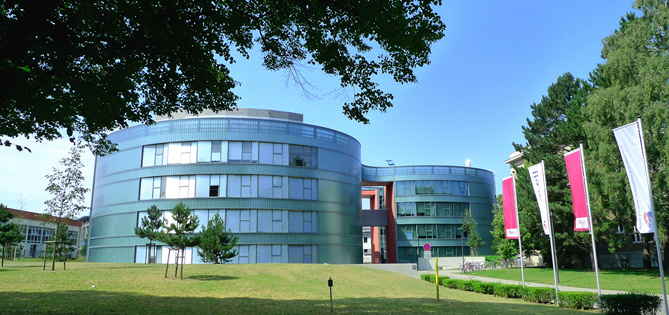AIDS Res Hum Retroviruses. 2002 Jan 1;18(1):39-48.
Genotypic and phenotypic analysis of HIV type 1 primary isolates from western Cameroon.
Tebit DM, Zekeng L, Kaptué L, Salminen M, Kräusslich HG, Herchenröder O.
In this study we report the molecular and biological characteristics of 19 HIV-1 primary isolates obtained in April 1999 from 47 HIV-1-infected individuals living mainly in western Cameroon. Discontinuous portions of gag, pol, and env were amplified by polymerase chain reaction and directly sequenced. Phylogenetic analysis of these sequences showed that all were of HIV-1 group M with the following genotypes: A(gag)/A(pol)/A(env) (n = 4), A(gag)/AG(pol)/AG(env) (n = 2), AG(gag)/A(pol)/AG(env) (n = 1), AG(gag)/U(pol)/AG(env) (n = 1), AG(gag)/AG(pol)/AG(env) (n = 6), G(gag)/G(pol)/G(env) (n = 3), F2(gag)/F2(pol)/F2(env) (n = 1), and a novel A(gag)/J(pro/rt)/A(int)/U(env) complex recombinant (n = 1). This A/J/U recombinant shared the same gag-pol cross-over point with known CRF02.AG viruses and 99CMBD6, an AG recombinant from our panel of isolates. The biological phenotype of most of the isolates correlated with the clinical status of the patient. Six isolates were syncytium inducing (SI) on MT-2 cells whereas 13 isolates were of the non-syncytium-inducing phenotype (NSI). Coreceptor usage by these isolates determined on GHOST cells correlated with their biological phenotype, as all SI isolates used CXCR4 and all NSI isolates used CCR5. Our results show a high predominance of subtype A (mainly CRF02.AG-like viruses) in western Cameroon and fewer HIV-1 subtypes compared with other parts of Cameroon. Genetic variability was, however, not reflected in the biological characteristics of the isolates. The presence of a novel A/J/U complex recombinant from this region further emphasizes the role of recombination in the global evolution of HIV.

Contact
Institute of Experimental Gene Therapy and Cancer Research
Core-Facility Viral Vector & Genome-Editing Technologies
Biomedical Research Center
Schillingallee 69
D-18057 Rostock
Office
Ingrid Winkler
(+49) 381 494-5066(+49) 381 494-5062
ingrid.winkler@med.uni-rostock.de
Department Life, Light & Matter
Research Building LL&M
Albert-Einstein-Str. 25
D-18059 Rostock
Research Building LL&M
Albert-Einstein-Str. 25
D-18059 Rostock




